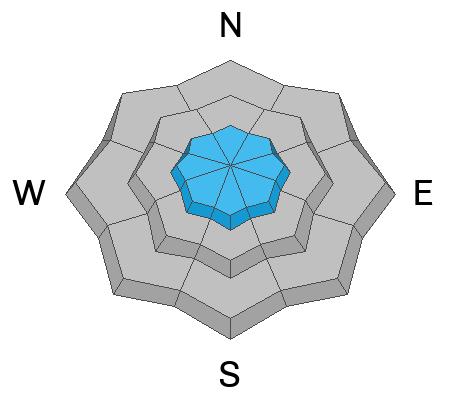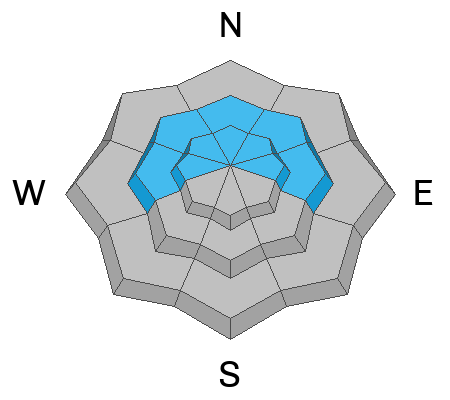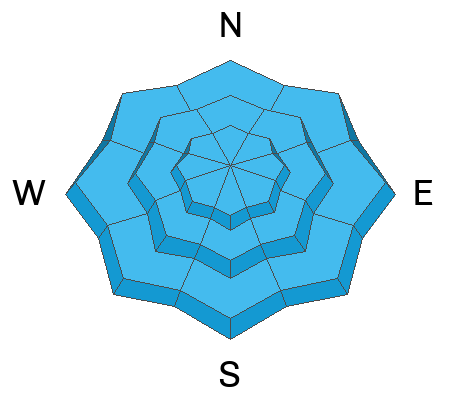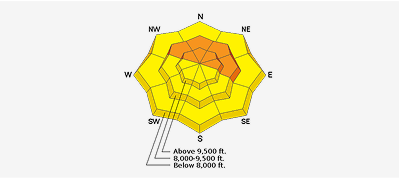Overnight, southwest wind increased around 10:00 PM and continues this morning. Ridgetop winds are blowing 10–25 mph with gusts into the 30s. Wind in the free air around 11,000 feet is much stronger, with sustained speeds of 50–60 mph and gusts reaching the 70s. Current mountain temperatures range from 35 °F at Spruces (7,400') in Big Cottonwood Canyon to 30 °F at the top of Cardiff Peak (10,000'). It’s warm—again.
For today, we can expect mostly cloudy skies with some light snowfall and strong winds from the southwest as a closed low builds to our west. Unfortunately, most of the moisture will stay north of us. Mountain temperatures will climb today into the upper 30s to low 40s °F, and the rain/snow line is expected to rise above 9,000 feet.
The next storm is expected on the 24th. It's a massive closed low (cyclone) that spins counterclockwise off the west coast of California. Weather models are excited, showing statewide precipitation. That said, I am not holding my breath. We will see.
There were no reported avalanches yesterday. Cracking, collapsing, and propagating extended column tests continue to be reported. Find all recent observations HERE.











